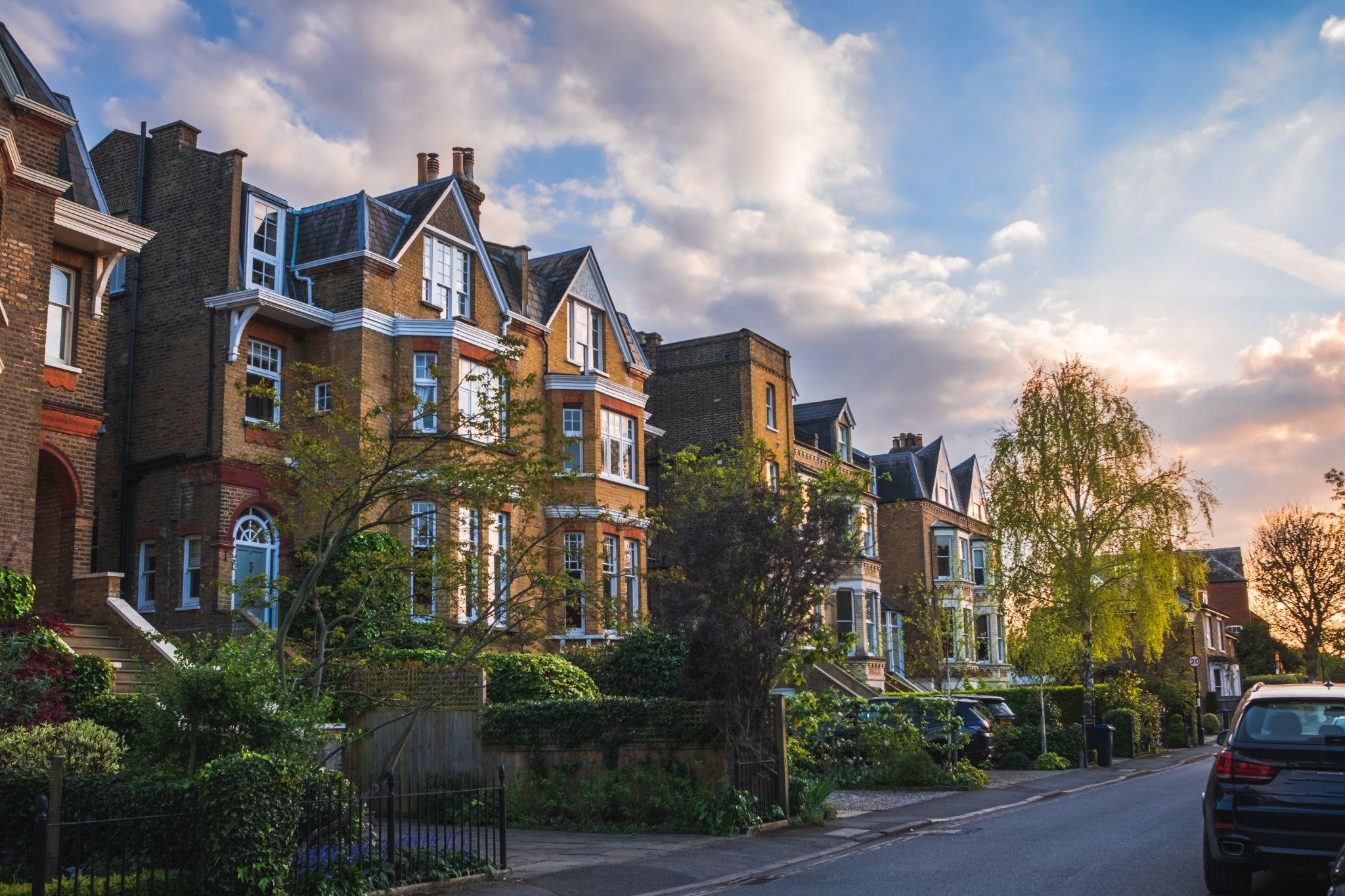Emile Salame is the founder of Cornerstone Asset Advisors, a real estate consultancy company that offers an extensive array of services to help clients identify and manage prime real estate assets in London. This article will look at some of London’s emerging property hotspots and how previously under-recognised London districts are gaining traction due to improved transport links, large-scale regeneration projects and increased rental demand.
As highlighted by Savills, 2024 marked a year of political flux, with around half the world’s populations eligible to vote across a staggering 64 national elections, including 8 of the top 10 most populous countries. The UK was no exception, with the general election in July 2024 heralding the first Labour government in 14 years. There were also significant fiscal changes, with the October 2024 Budget unwinding ‘non-dom’ tax status and increasing the rate of stamp duty on second homes to 5%. The toll of these policies on buying power in prime markets should not be underestimated, having fed into a broader atmosphere of caution fuelled by political uncertainty as the new parliament bedded in.
Nevertheless, despite broader economic uncertainties, several London districts are attracting investors in their droves, providing a rare window of opportunity to secure prime real estate assets in areas poised for sustained growth. One prime example is Bow, which provides easy access to Stratford and Canary Wharf. With rental yields at around 6.5%, Bow’s affordability combined with its close proximity to major economic hubs makes it a strong contender for steady rental demand and capital growth. With multiple housing and mixed-use developments currently underway, the district is an appealing choice for professionals, families and first-time buyers looking for a balance of convenience and charm. In addition to new developments, housing options also include warehouse conversions, including loft-style apartments, as well as period homes, such as Georgian townhouses and Victorian terraces.
In Southeast London, Woolwich offers rental yields of circa 5.5% and easy access to Central London via the Elizabeth Line. Presenting waterside living options and revitalised public spaces, the area is particularly attractive to young professionals. According to data from the Land Registry and Dataloft, apartment prices in Woolwich have risen by 49% over the past decade, with properties around Woolwich Elizabeth Line station rising by 91% since its confirmation in 2008. Situated in the Royal Borough of Greenwich on the south bank of the River Thames, Woolwich lies in an area best known for its Royal Arsenal roots and rich military history.
Meanwhile in North London, Enfield offers rental yields of 5.5% plus, with its most notable developments being Trent Park and Meridian Water. Having attracted more than £6 billion in investment in housing and jobs from the local authority, Enfield is ideal for investors seeking commuter-belt properties, presenting the ideal blend of suburban space and urban style. Offering a significantly lower entry point than other parts of the city, Enfield is the ideal place for first-time property investors to set their sights, albeit with some more expensive streets. Extensive transport links make it easy to commute to central parts of the capital while still enjoying the perks of a more rural lifestyle. Enfield boasts an abundance of green spaces and parks, including Jubilee Park in Edmonton, Broomfield Park in Southgate and Trent Country Park in Cockfosters.
Finally, West Ham in East London offers impressive rental yields of up to 6%, presenting strong fundamentals for rental investment as part of the broader East London regeneration wave. With excellent rail, tube and DLR connections, West Ham forms part of the Borough of Newham, benefiting from close proximity to acclaimed restaurants and vibrant shopping locations, with a host of world-class schools and universities within arm’s reach.













